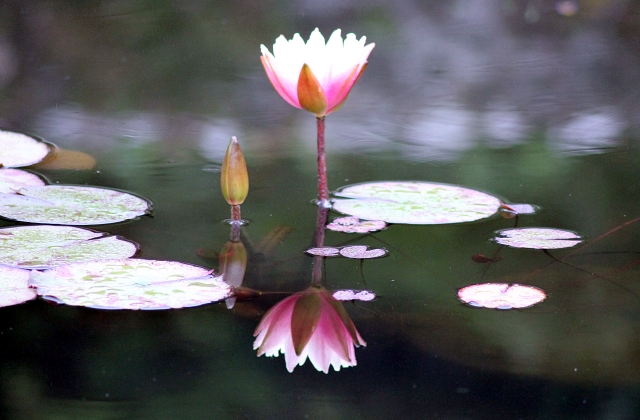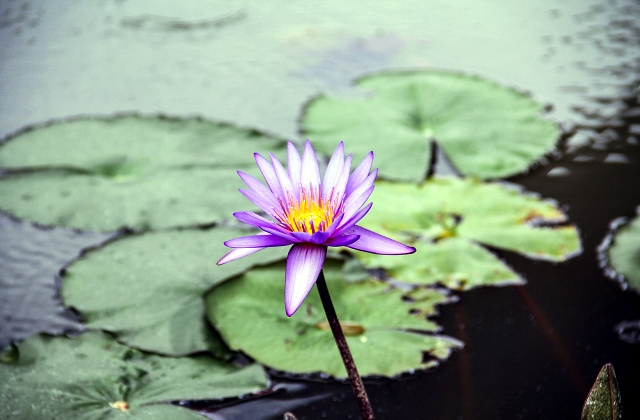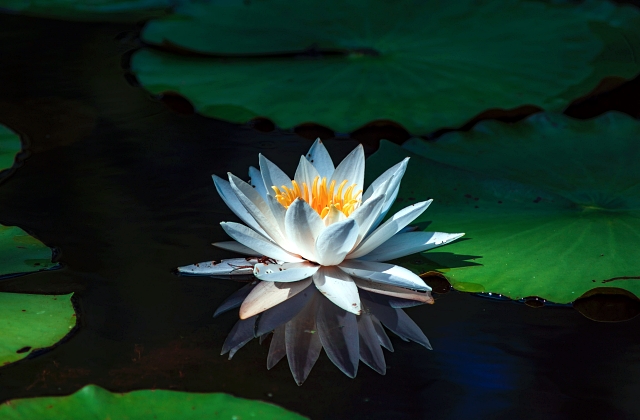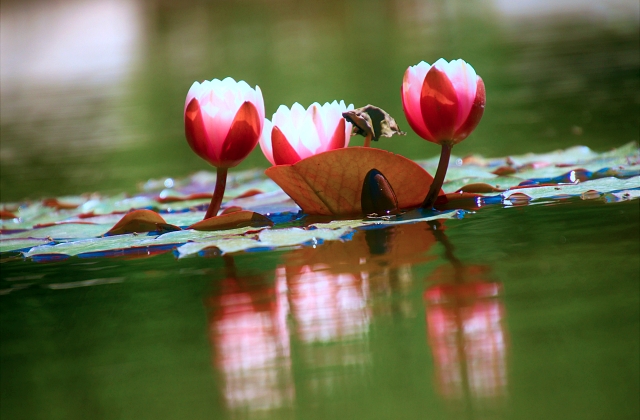Landscaping ponds that receive water lilies is a fantastic idea because the lilies can fertilize the water and enhance the overall appearance of the garden. However, water lilies aren’t the only plants that can make ponds look more aesthetically pleasing. Many people with ornamental ponds choose to incorporate other types of aquatic plants as well.

This type of landscaping often creates a more traditional fish pond in a private or formal garden. As a result, ornamental pond owners prefer to place aquatic plants rather than aquatic animals in their ponds. That said, the majority of ponds will include aquatic plants if there are no fish. This is why many people choose to use lilies as a primary source of fertilizer in their landscaping pond.
Can water lilies oxygenate a pond? In general, the answer is yes. Aquatic plants not only oxygenate a pond but they also add color and life to a garden.

If you take a look at most landscapes, you’ll see that aquatic plants do not make a big splash. Lilies, water hyacinths, red knot and water rush are a few of the most common plants you’ll find in most landscapes. Of course, if you have a formal pond, the only real choice you have is whether to put aquatic plants or not.
Because most landscapes lack aquatic plants, it can be difficult to keep the water lively. The plants will quickly become overwhelmed by the amount of nitrogen and phosphorus the pond gets each day. Nitrogen and phosphorus are two of the most important elements in a well-oxygenated pond.
Landscaping ponds with aquatic plants will help maintain a healthy environment in the pond. Aside from keeping your plants healthy, aquatic plants also provide nutrients for the water to collect in the pond. Since these nutrients are in the water for longer periods of time, the water in the pond will remain healthy.

Water lilies, water hyacinths and red knot are all excellent choices for aquatic plants. They’ll not only add color and life to your landscape, but they’ll also prevent an algae bloom from occurring in your landscaping pond. Algae blooms are caused by a nutrient deficiency, which can significantly decrease the oxygen level in your pond.
The best time to start planting aquatic plants in your landscape is when you’ve already established a traditional fish pond. Most homeowners find that it’s a lot easier to start planting aquatic plants before building a fish pond. Adding fish requires so much work and labor that many people are afraid to try something new. By planting plants first, you get to reap the benefits of having aquatic plants before you spend a lot of time and money building a fish pond.
However, if you’ve already established a fish pond, you may want to think about adding aquatic plants to your landscape. It’s important to know the needs of the fish in your pond before you purchase aquatic plants. Most aquatic plants are compatible with fish and your aquatic plants will need adequate room to grow without being crowded by fish.

When choosing plants for your landscaping pond, be sure to pick plants that will not only bring life to your landscaping pond, but will also attract water lilies, water hyacinths and other plants that add color and life to your landscape. Even if you don’t use aquatic plants to oxygenate a pond, plantings of aquatic plants around the perimeter of your pond will beautify your garden. A water fountain will provide added aesthetic value, as well as a great place to sit and relax.
Landscaping ponds doesn’t have to be a chore. With a little bit of time and effort, you can turn a boring, polluted and stagnant pond into a comfortable, healthy habitat for your fish and aquatic plants. Even if you decide to eliminate fish from your landscape, aquatic plants can easily replace them.
Aquatica Aquatic Plants provides beautiful, high-density, premium, coastal landscape aquatic plants for commercial and residential landscape gardens. Designed for optimum soil drainage, water and aquatic species compatibility, Aquatic Plants are a superior alternative to traditionally planted plants for landscaping ponds.